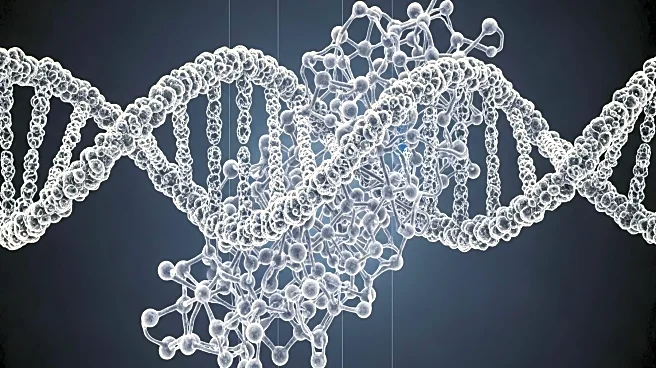What is the story about?
What's Happening?
The field of spatial biology is advancing with technologies that allow for 3D transcriptomic and proteomic studies, providing new insights into cellular interactions in healthy and diseased states. Tools like the Pyxa platform and STARmap chemistry enable high-resolution gene expression mapping within intact tissue samples, preserving tissue architecture and facilitating the study of rare cell populations and subtle spatial patterns. These technologies are being applied in oncology and neuroscience research, revealing organizational principles that govern physiology and disease progression.
Why It's Important?
The advancements in spatial biology technologies are significant for the U.S. biomedical research and healthcare sectors. By enabling detailed 3D mapping of cellular interactions, researchers can gain a deeper understanding of disease mechanisms, potentially leading to breakthroughs in cancer treatment and neurological disorders. The ability to integrate multiomics data enhances the precision of molecular analyses, supporting the development of targeted therapies and personalized medicine. As these technologies become more widely adopted, they promise to transform research methodologies and improve healthcare outcomes.
What's Next?
The continued development and integration of spatial biology technologies are expected to drive further advancements in biomedical research. Researchers may explore new applications in other fields, such as immunology and regenerative medicine, leveraging the detailed insights provided by 3D mapping. Collaboration between technology developers, researchers, and healthcare providers will be essential to maximize the potential of these tools, fostering innovation and improving patient care.
Beyond the Headlines
The ethical implications of spatial biology research, such as privacy concerns and data security, may become more prominent as these technologies are adopted more widely. Legal frameworks and policies will need to evolve to address these issues, ensuring responsible use of spatial data. Additionally, cultural shifts in how molecular information is perceived and utilized in healthcare could emerge, influencing public attitudes towards advanced diagnostic tools and personalized medicine.
AI Generated Content
Do you find this article useful?













